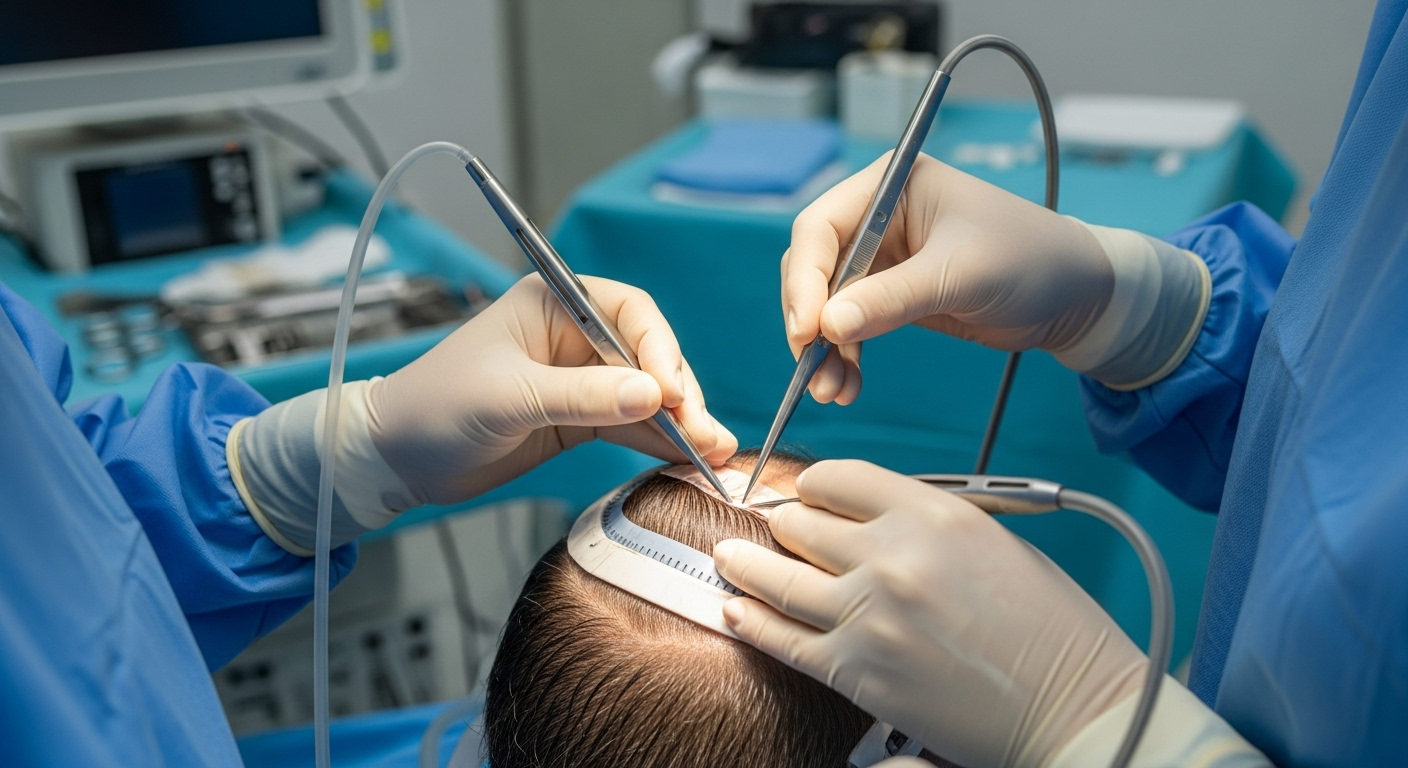Liposuction Guide: What to Know About Surgical Fat Removal
Liposuction is a surgical option for removing stubborn fat pockets and refining body contours. This guide explains how different techniques work, common treatment areas, recovery timelines, and cost considerations. Learn about ultrasound-assisted options, expected results, and safety tips to decide if liposuction aligns with your cosmetic goals.

Ultrasound-Assisted Liposuction Methods
Ultrasound-assisted liposuction (UAL) is a modern approach that uses sound energy to loosen and soften fat before it is removed. By applying ultrasonic waves, the fatty tissue becomes more liquefied, which can make extraction smoother and reduce trauma to surrounding tissues. There are two principal ways this technology is used: external ultrasound-assisted liposuction and internal ultrasound-assisted liposuction.
External ultrasound-assisted liposuction (E-UAL) delivers ultrasonic energy through a handpiece moved across the skin. It is often selected for broader areas or when surface smoothing is a primary objective. Internal ultrasound-assisted liposuction (I-UAL), sometimes called VASER or similar systems depending on the manufacturer, introduces the ultrasonic probe under the skin through a small incision. This internal application tends to be more targeted and can be particularly effective for fibrous or resistant fat deposits. Each technique has trade-offs in terms of precision, recovery, and suitability for different body regions, and a qualified surgeon can recommend the best option based on an individual assessment.
Common Treatment Areas
Liposuction is used to sculpt multiple parts of the body where diet and exercise may not produce the desired contour. Frequently treated zones include:
- Abdomen and waistline
- Thighs and hips
- Upper arms and back
- Chin and neck
- Male chest (for gynecomastia or excess fatty tissue)
- Knees and ankles
Surgeons tailor the strategy to the area being treated, accounting for skin elasticity, fat density, and the patient’s overall proportions to achieve balanced, natural-looking results.
Recovery: What to Expect
Recovery from liposuction unfolds in stages. Most patients notice the peak of swelling and bruising within the first several days after surgery. Over the following 4 to 6 weeks, these symptoms typically diminish as tissues settle. Many people are well enough to return to desk work or light activities within 1 to 2 weeks, but higher-impact or strenuous exercise should generally be postponed for about 4 to 6 weeks, depending on the volume and location of the treated areas.
Compression garments are commonly recommended during the healing period. Wearing these supportive garments helps control swelling, supports tissues as they adapt to their new contours, and can improve comfort. Your surgeon will provide guidance on how long to wear them and any special wound care or massage techniques to promote optimal healing.
Costs and Provider Considerations
| Procedure Type | Average Cost Range | Recovery Time |
|---|---|---|
| Traditional Liposuction | $3,500 - $5,000 | 1-2 weeks |
| Ultrasound-Assisted | $4,500 - $7,000 | 1-2 weeks |
| Laser-Assisted | $5,000 - $8,000 | 1-2 weeks |
Prices, rates, or cost estimates mentioned in this article are based on the latest available information but may change over time. Independent research is advised before making financial decisions.
Choosing the right provider is as important as choosing the technique. Look for a board-certified plastic surgeon with specific experience in liposuction and the chosen modality. Review before-and-after photos, ask about complication rates, and confirm that facilities meet safety and accreditation standards.
Safety, Results, and Long-Term Care
Liposuction is generally considered safe when performed by an experienced surgeon in an accredited surgical environment, but it is not without risks. Potential complications can include infection, contour irregularities, fluid accumulation, changes in sensation, and, rarely, more serious medical events. Preoperative evaluations, careful surgical planning, and following postoperative instructions reduce these risks.
Immediate improvements in shape are visible as excess fat is removed, but early swelling can obscure the final result. The true outcome typically emerges over months, with most patients seeing final contours between 6 and 12 months after surgery. Because liposuction removes fat cells from treated areas, those particular cells do not return; however, remaining fat cells can enlarge with weight gain. Maintaining results depends on a stable body weight, regular physical activity, and balanced nutrition.
When considering liposuction, realistic expectations are essential. It is designed to refine body contours rather than serve as a primary weight loss method. Patients who are close to their ideal weight but bothered by localized fat pockets are often the best candidates.
This article is for informational purposes only and should not be considered medical advice. Please consult a qualified healthcare professional for personalized guidance and treatment.





